Learning what’s hot and what’s not when it comes to buying vintage/antique home decor can be a tricky task. How much stuff is in one car-boot sale or flea market, how much trash do you have to trawl through before you find treasure? I’m going to help you find those vintage needles in the hypothetical haystack!
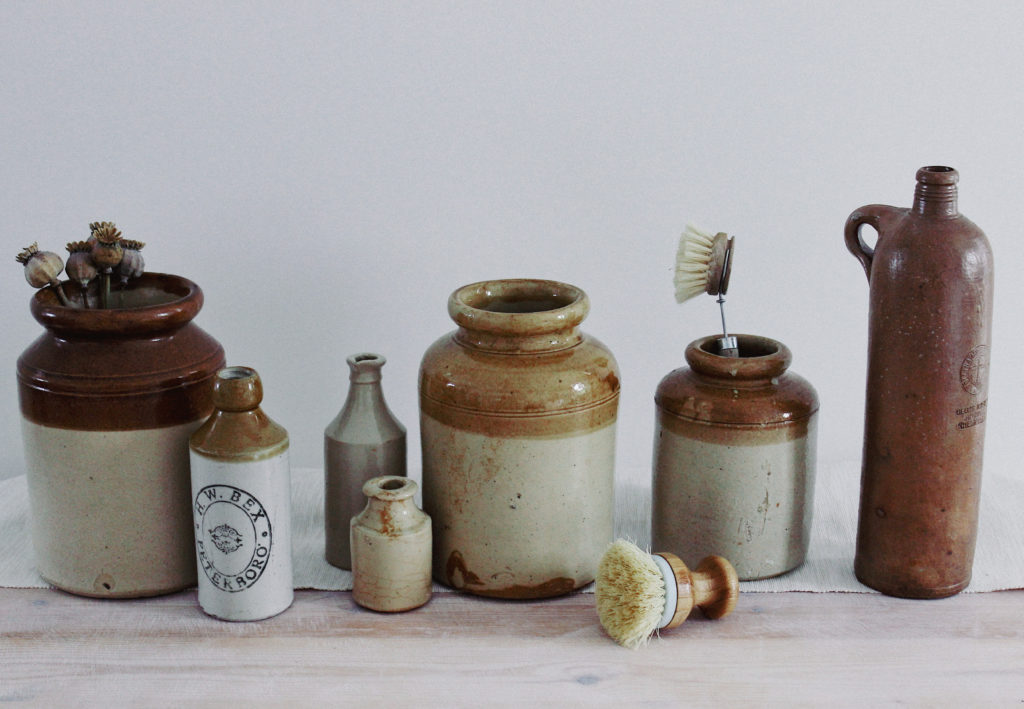
Let’s break it down into 5 helpful tips for finding and buying vintage/antique decor for your home. We are going to cover:
- Location, location location – where are the antiques at?
- Timing is everything – when to find the best vintage?
- Fabulous or phony – which pieces should you buy?
- Enough’s enough – when to pass on that piece?
- A rich man’s world – how much cash is too much cash?
1) Where should you be buying vintage/antique pieces?
Lucky for us, there’s lots of places you can go to source vintage and antiques:
- Car-boot sales
- Garage/estate sales
- Flea markets
- Charity/thrift shops
- Antique centre
- Facebook market place/Gumtree/Craigslist/Etsy
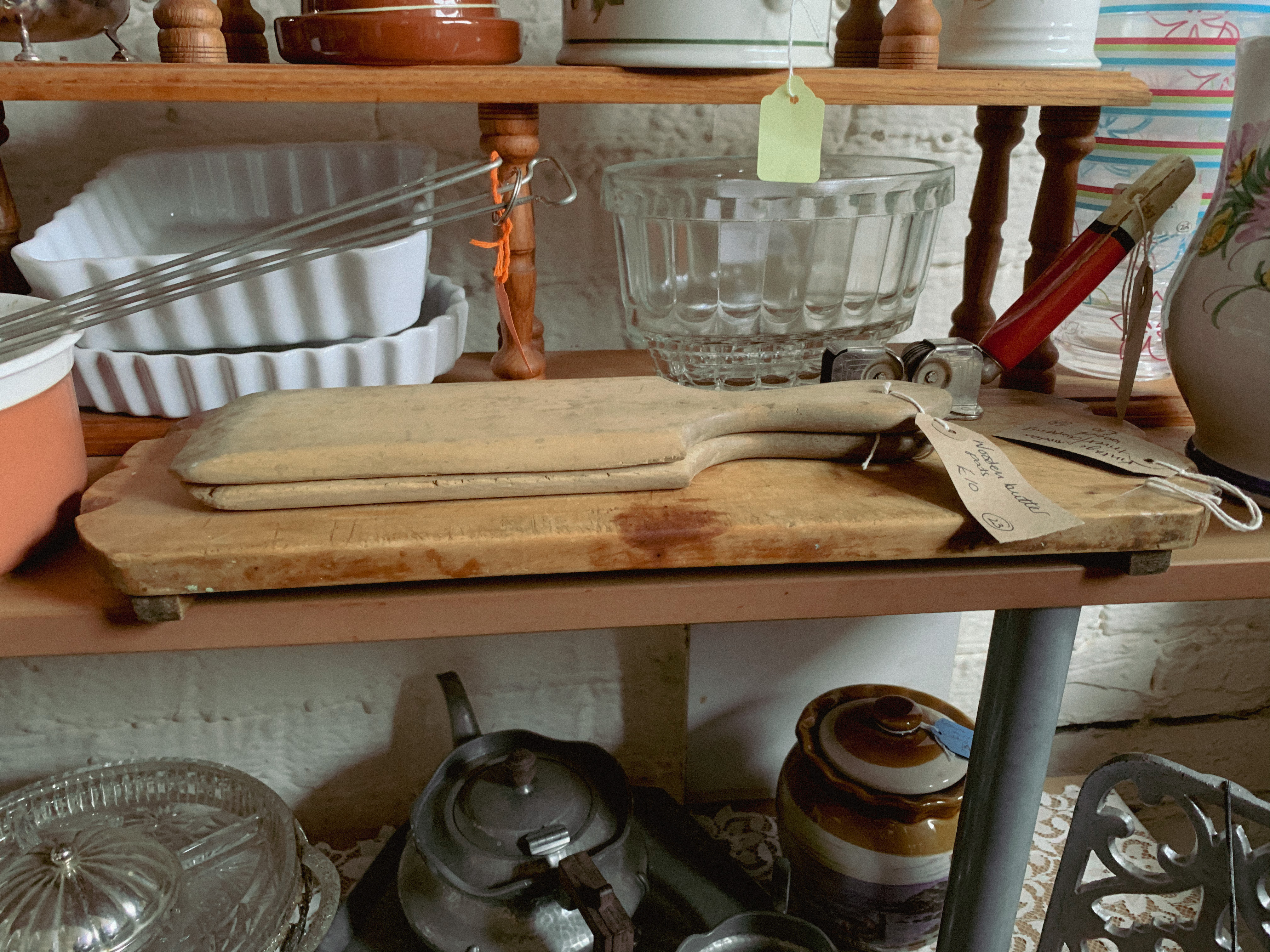
Find which stores are local to you and allot a time in the week when you can do a sweep of them all. Bear in mind that antiques centres are often pricier than charity shops so you might want to limit your visits in the interest of your full wallet!
Use Facebook or google searches to find local events like garage sales, car boot sales etc. These can be great times to grab lots of loot all in one go and for exceptionally low prices.
Keep a close eye on Facebook marketplace or other resale apps, the more you check them, the more likely you are to snatch a bargain!
2) When should you be looking?
The short answer is, often.
Some people don’t have the free time to be able to pop to the shops a few times a week. Busy lives might mean there’s no way you can go out and look for vintage regularly. Well there is still hope, read on and I will share it with you.
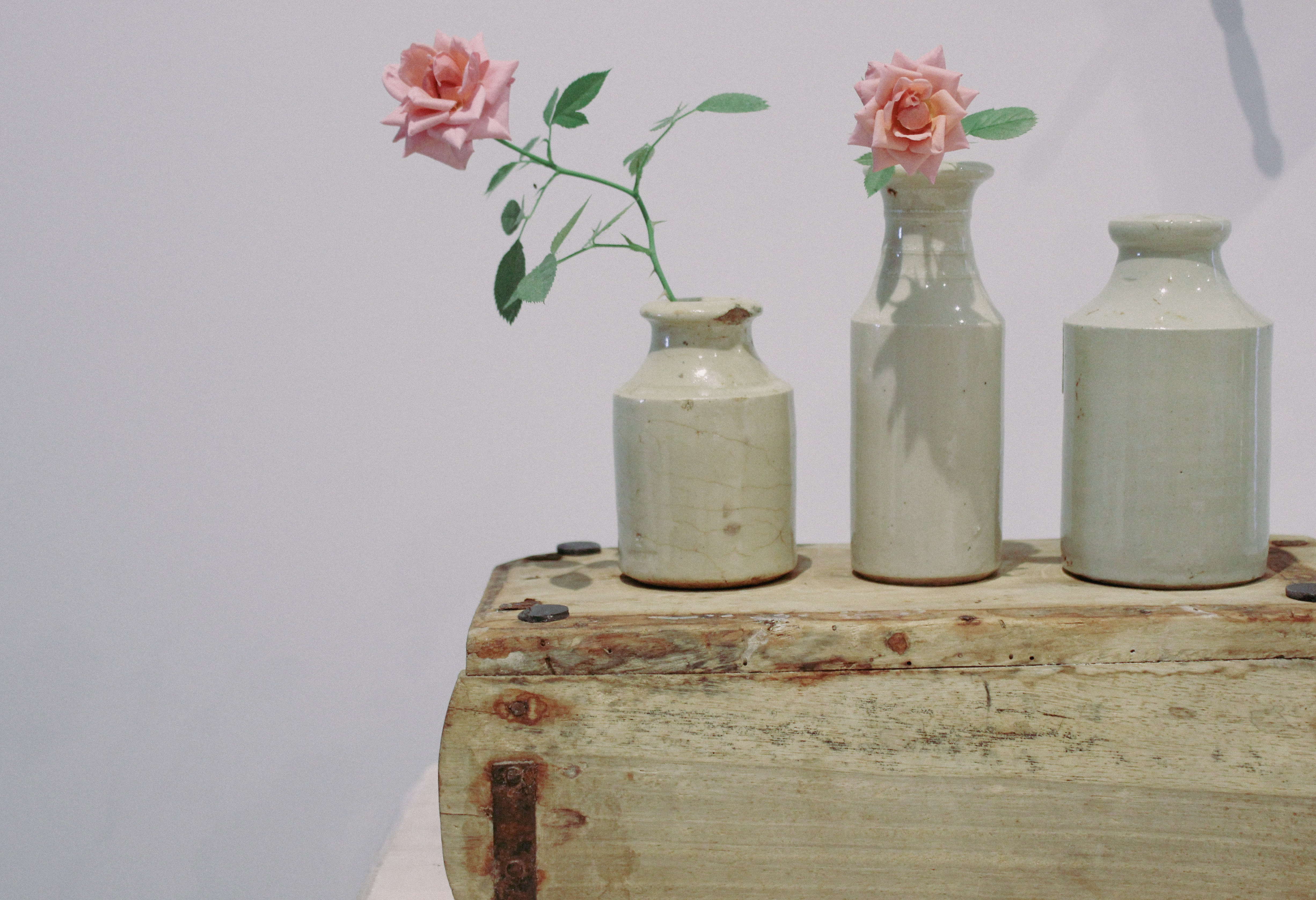
Plenty of free time…
If you are a lucky someone, with lots of free time then you could aim to visit your local charity/thrift shops at least once if not twice a week. If you hit them all in one go then you are most likely to score. Try to find out when your local shops restock, so you can make sure you get first pick of the new pieces!
What on earth is free time?
For those who think you are too busy for buying vintage/antique items, think again. Thanks to the wonderful invention of RESALE APPS like facebook marketplace, Shpock, Craigslist, Gumtree and even eBay and Etsy. These sites and apps offer the thrifting experience from the comfort of your own home. Again, consistency is the key. If you can have a quick scroll in the morning while the kids eat breakfast and a quick scroll at work while your boss isn’t looking! It’s easy to keep a track of items you’re interested in using these apps. The best thing is, they tend to learn what you do and don’t like, so will prompt you with items that are tailored to your style. Not to mention you can search for specific items, which isn’t possible when physically shopping.
In general, when people ask me how I find fabulous vintage home decor pieces, I tell them it’s all about consistency. There’s no magic involved, just dedication to the cause. So if you want to score big when it comes to second-hand, you need to put in a bit of leg work, but it will pay off in spades.
3) What vintage/antique pieces you should buy?
This list could be endless depending on your style or budget, but I’ll go ahead and list a few “must-have” pieces if you’re buying vintage/antique decor for a country cottage/farmhouse style home.
- Carved wood pieces: chapati dishes, bowls, vases, pine and oak
- Brass or copper pieces: pots, pans, candlesticks, small figurines, jelly moulds
- Antique prints/art: still life oil paintings, watercolour landscapes, gold ornate frames
- Vintage linens/fabrics: embroidered handkerchiefs, napkins, table cloths, bedding, blankets
- Anything with good shape, good colour or good material that fits in with your theme: jugs, bud vases, terracotta, ironstone, cut glass
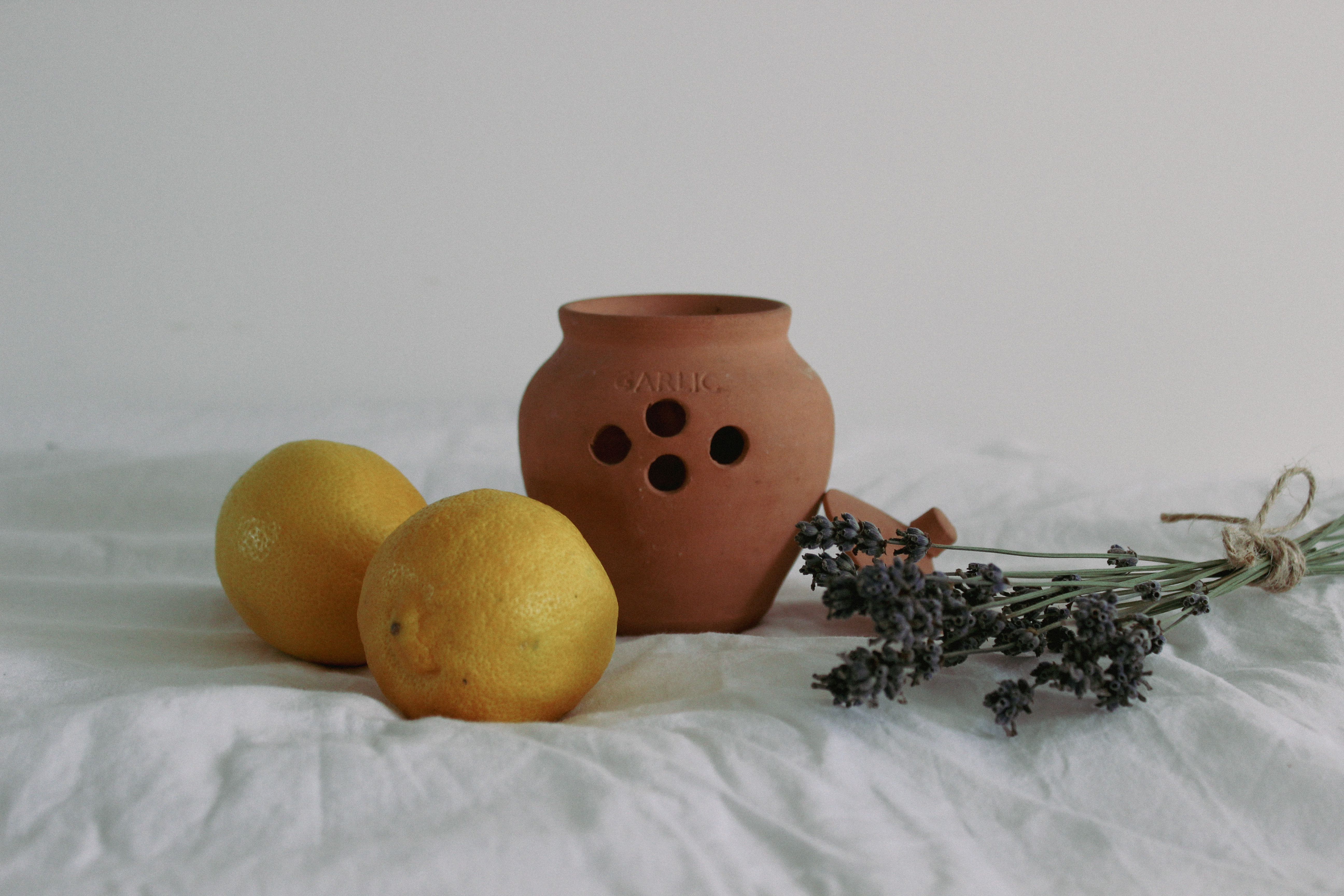
You can buy anything that catches your eye, but if you are going for a vintage look then these are the things to keep your eyes pealed for. Just to add to that list, anything that has patina (colouring or changes in material as a result of ageing) is probably authentic vintage.
4) When to pass on buying vintage/antique?
When you first start buying vintage/antique, the temptation is to grab everything that catches your eye. Not helped by the low low prices. But this isn’t going to help you in the long run, it can lead to confusion and wastage. Try not to get carried away with buying lots because it’s cheap.
Things I wouldn’t recommend buying vintage:
- Pottery/ceramics with chips or large scratches, they are more susceptible to breaking fully
- Too many baskets. Baskets are gorgeous and there are lots of them for grabs. But ask yourself, do you need this basket? Is it unique or interesting? If not, maybe you can save your coins for something more interesting
- Anything you like but don’t love. If you’re not sure, walk away… if you keep thinking about it then you probably love it, so go back. If not, you saved yourself some money
- Vintage electricals! Unless you fall in love with a chandelier and are confident you can safely fix it up, these items aren’t often worth the hassle. Not to mention the potential danger of bad wiring
- Antique/vintage items that are vastly overpriced. If you’re on the hunt for something super rare, then ignore this point. But usually you should be able to get a good price for your pieces. Have a quick google and see if the asking price is worth it. If not it’s likely you’ll find something similar for a better price if you look often enough
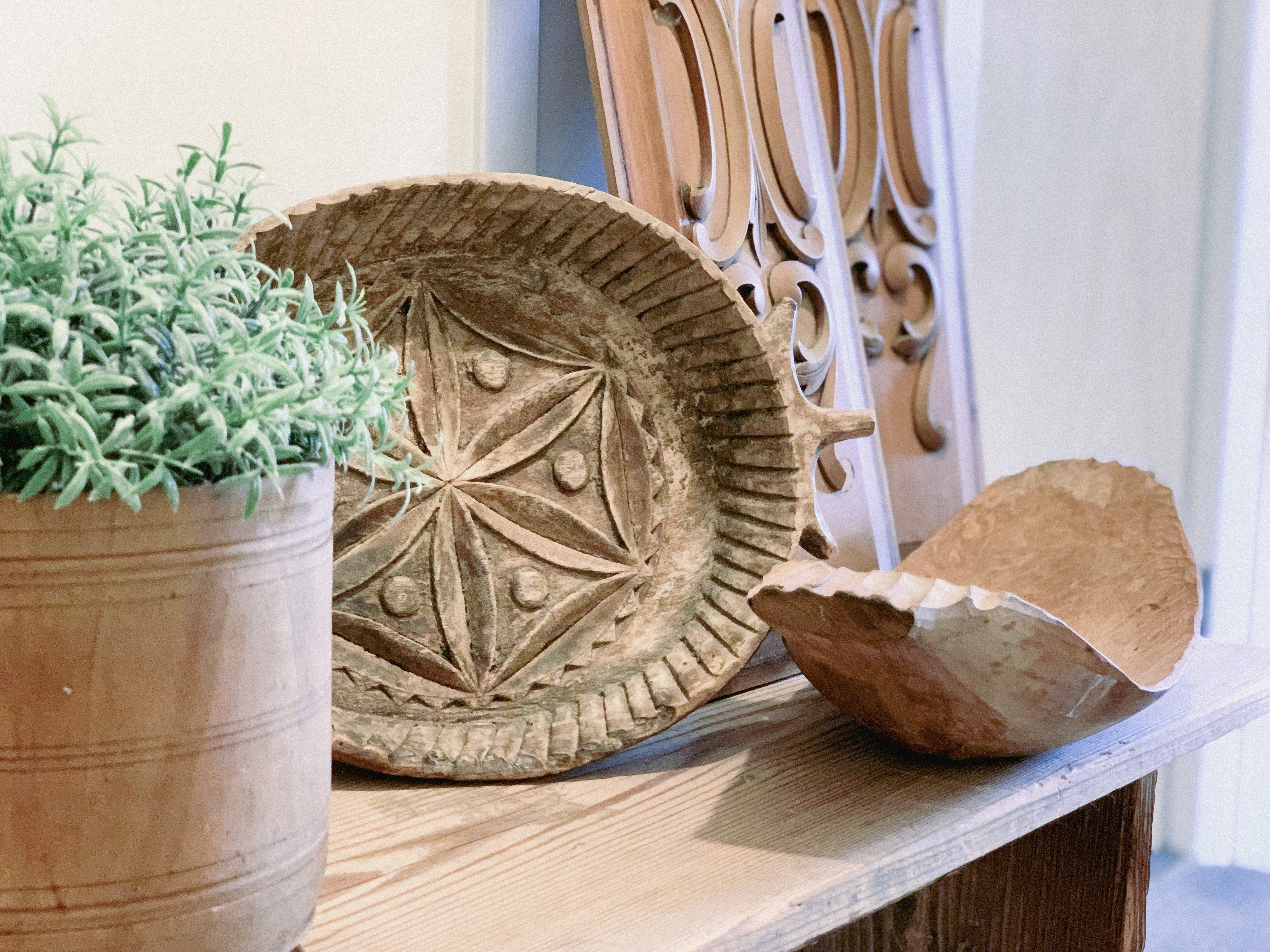
5) How much to spend?
Charity shops, car boots etc. tend to have pretty good prices, flea markets and antiques stores might be a little pricier. With any boot sale, garage sale, antiques vendor or flea vendor, you also have the advantage of being able to haggle. This is a good skill to learn so you can consistently get better prices on your vintage pieces.
It does depend, but what prices to expect when buying vintage/antique…
- Car boot/garage sales/flea markets
- Pots, stoneware, jugs, mugs, anything on the smaller side: £0 – £10
- Antique art, framed or otherwise: £1 – £20 for smaller pieces depending on quality and frame and age
- Copper-ware: £5 – £30 better quality will increase the price
- Carved wood pieces: £5 – £30
- Vintage linens: £0 – £5
- Furniture: £10 – £100
- Rugs: £20 – £200
- Antique centres:
- Pots, stoneware, jugs, mugs, anything on the smaller side: £10 – £40
- Antique art, framed or otherwise: £20 – £200+ for smaller pieces depending on quality and frame and age
- Copper-ware: £15- £50 better quality will increase the price
- Carved wood pieces: £20 – £60
- Vintage linens: £10 – £30
- Furniture: £10 – £200+
- Rugs: £60 – £200+
These are just approximate prices for what I’ve seen in antiques centres and other vintage sellers, at least for the items I’ve been interested in.
Don’t forget independent vintage sellers like myself who are regularly buying vintage/antique pieces at low prices and selling on for a small profit. This is also a good option for those who don’t have time to look for vintage themselves, just buy directly off someone who sources vintage pieces and sells them off to their forever home!
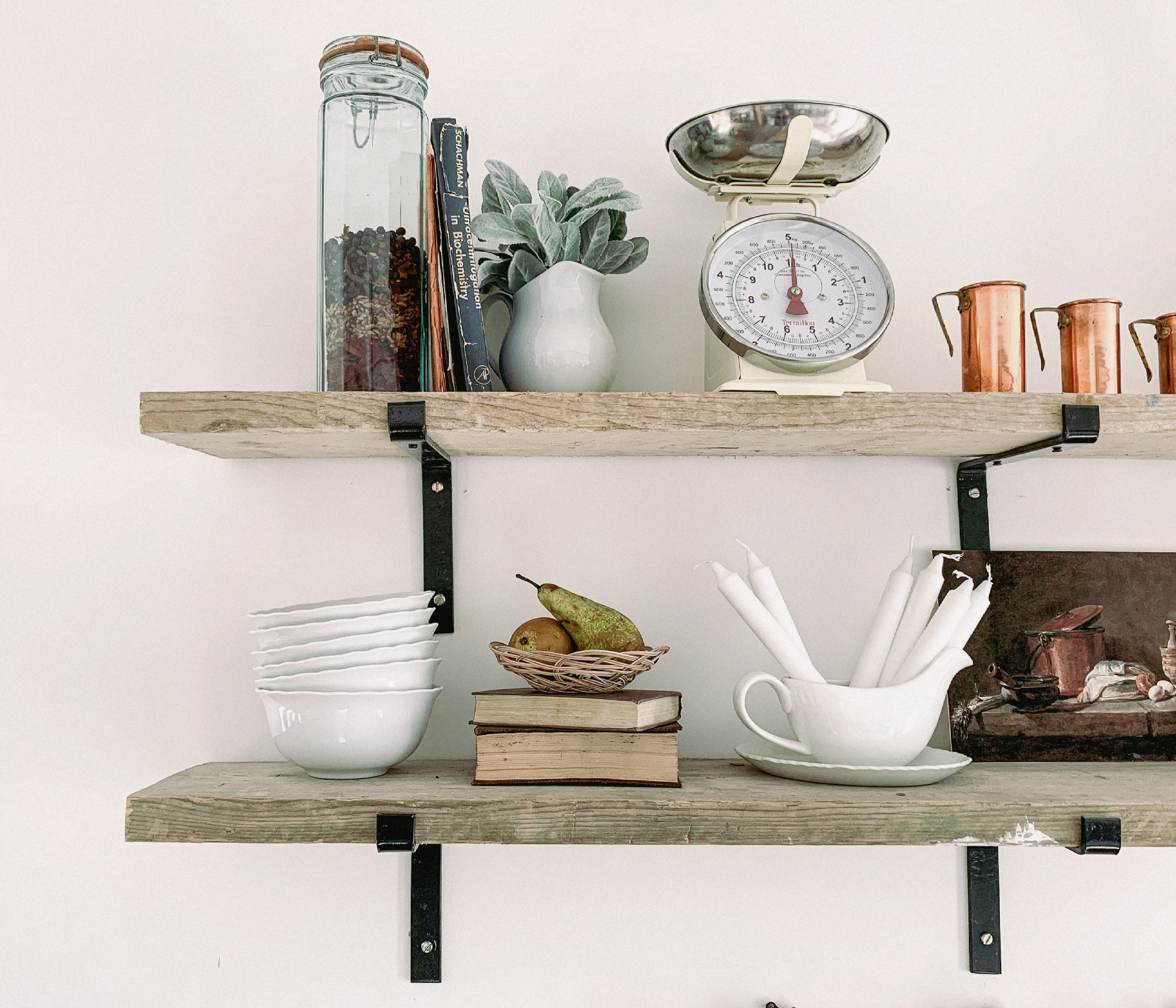
To conclude…
I hope this post has helped someone figure out where to start when it comes to buying vintage/antique decor. Be sure to let me know in the comments your tips and tricks for thrifting and antiquing – I would love to hear from you! Check out my last blog post here ❤️
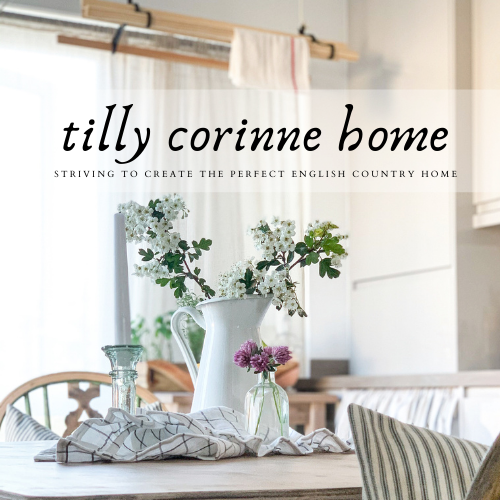
Hello, Welcome To The Blog | Tilly Corinne Home
[…] That’s all for now, I hope you join along for the ride. Don’t forget to check out my other socials to keep up to date. Please read on, here’s my next blog post. […]
HOW TO ADD CHARACTER AND CHARM TO A NEW BUILD | French Country, English Cottage, Farmhouse | Tilly Corinne Home
[…] hand from, eBay, antique centres, family members and some times by the side of the road! See my last blog post for how to pick out vintage decor and […]
Farmhouse Pieces from My Summer Holiday 2021 | New and Vintage Haul | Tilly Corinne Home
[…] Some of these cottage and farmhouse pieces were thrifted and some were new. If you are interested in some tips about buying second hand, then check out my previous blog post. […]